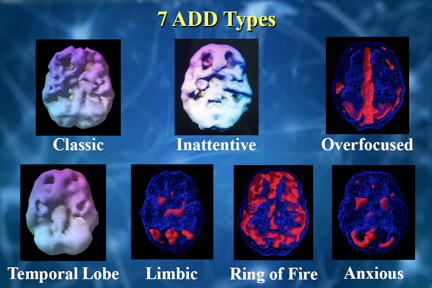
Touching things, often in a particular sequence.Checking a specific number of times, such as repetitively checking the door is locked or the stove is turned off.Repeating things, such as certain names, phrases, or prayers.Counting, including wanting to end on a “good” or “safe” number.Extreme and needless cleaning, such as in the household.Excessive washing, especially the hands.Inside, a person with compulsions experiences an urgent insistent sense of “I have to do it” and performs the compulsive behavior according to certain rules in a very strict or rigid manner and can result in elaborate, time-consuming rituals. They are usually an attempt to make the obsessions subside and to reduce the anxiety caused by them. Obsessions often involve repetitive thoughts and fears about:Ĭompulsions are behaviors that are performed persistently and repetitively, even though they do not lead to an actual reward or pleasure. People with OCD often make a great effort to suppress or resist their obsessions, but the more a person tries to control them, the more powerful they can become. These thoughts can trigger distressing feelings of anxiety or disgust. Obsessions are unwanted recurring thoughts, impulses, or mental images that are usually senseless, sometimes frightening, and often repulsive. It is estimated that 25% of boys with OCD develop symptoms prior to age 10. This condition affects males and females equally, but boys tend to be diagnosed at a younger age than girls.



The average age of onset is between 19 and 20, and it is somewhat unusual-but not impossible-for OCD to begin after a person is in their mid-30s. In the U.S., the prevalence of OCD in the population is about 1.2%. Hormone Evaluation and Replacement Therapy.Marital Conflict and Relationship Issues.


 0 kommentar(er)
0 kommentar(er)
